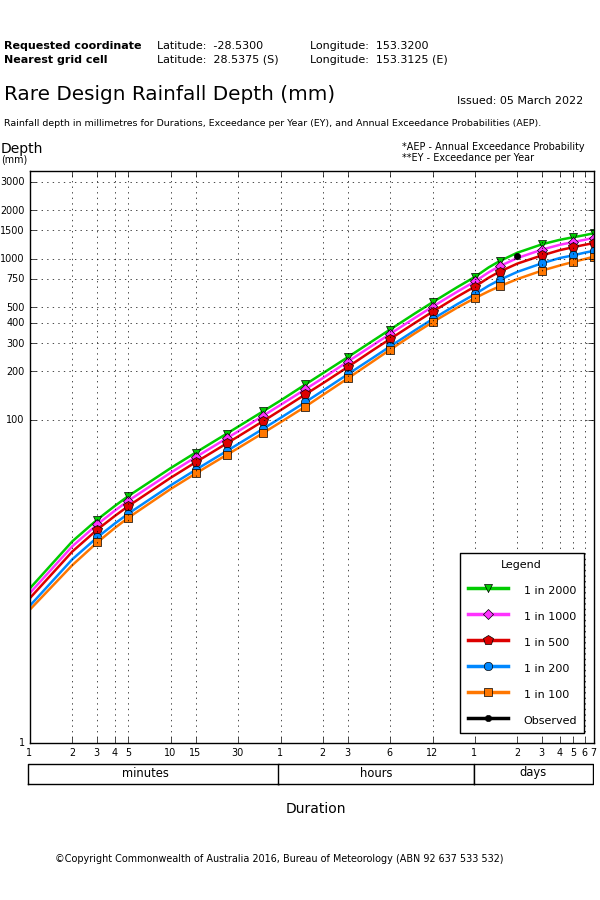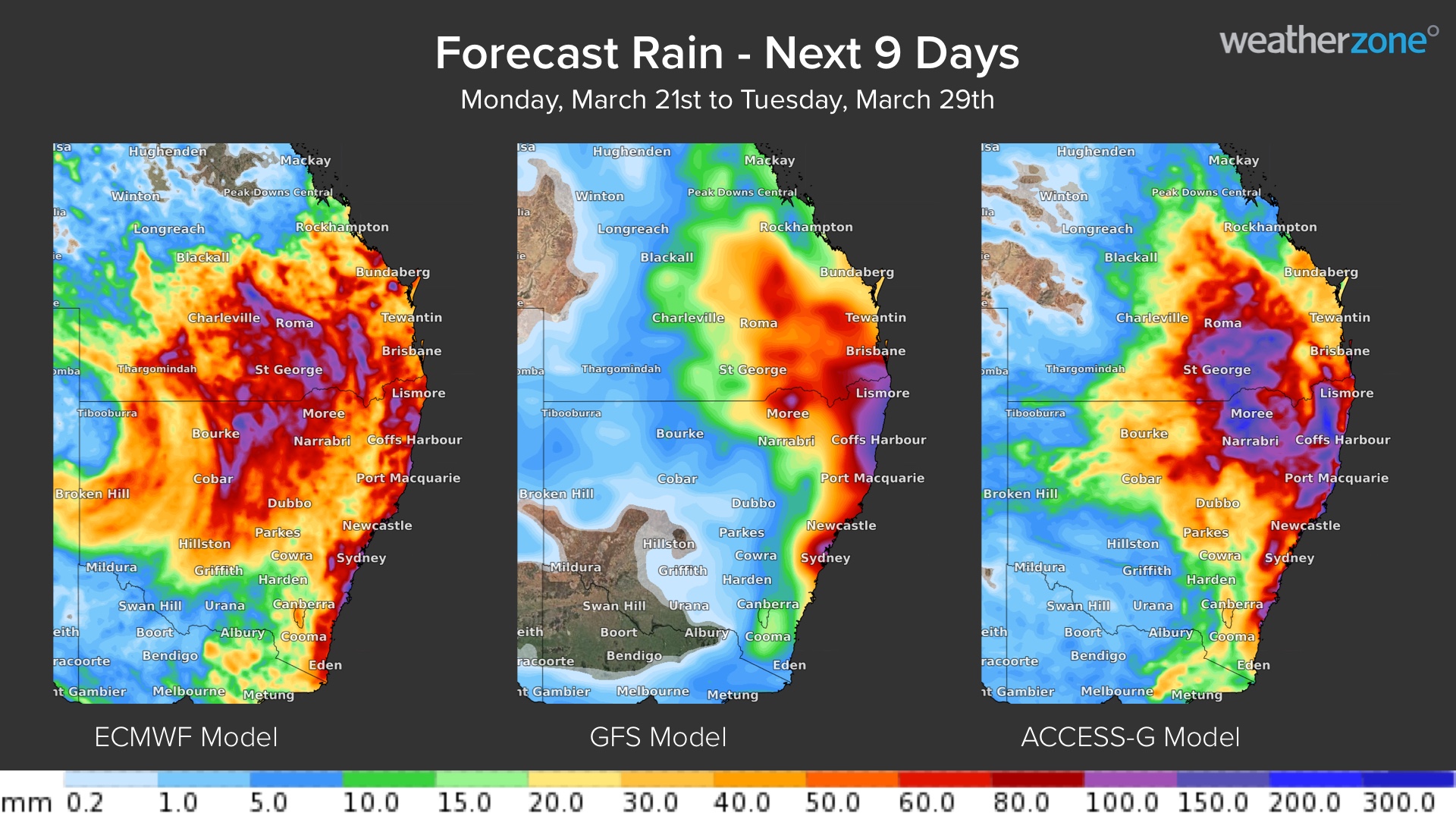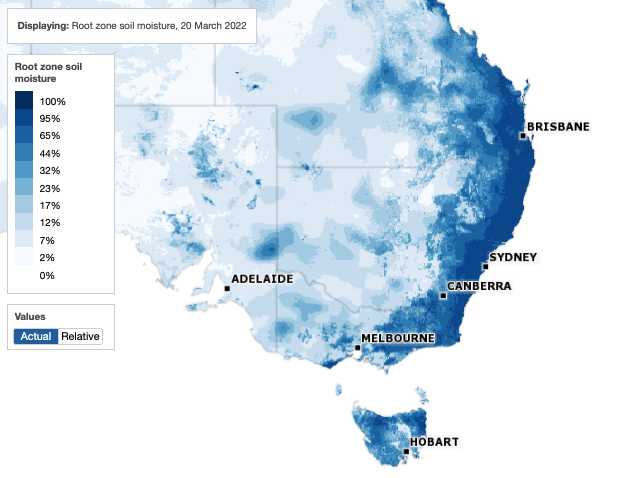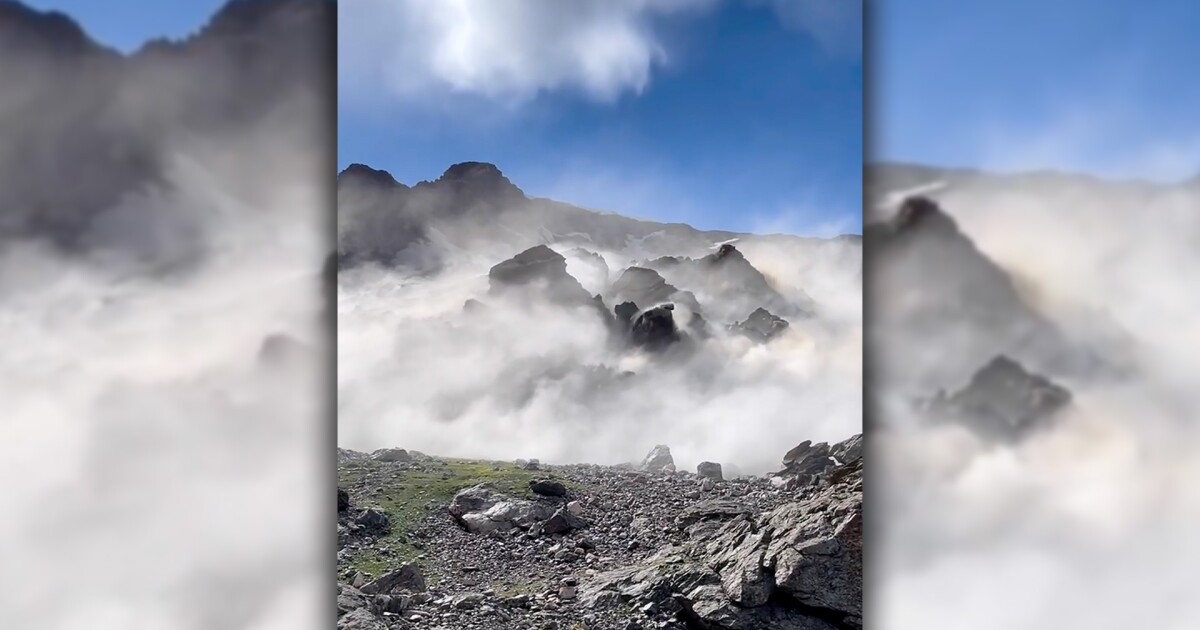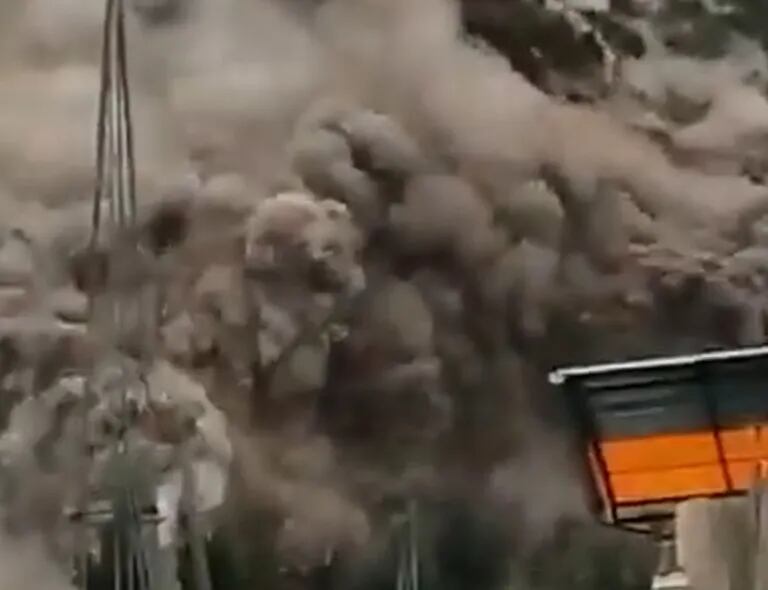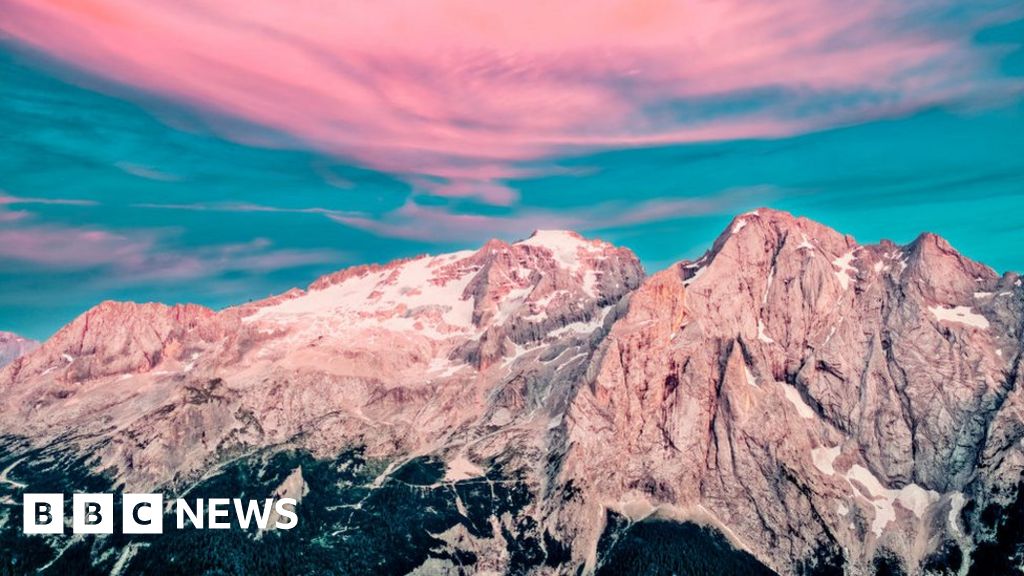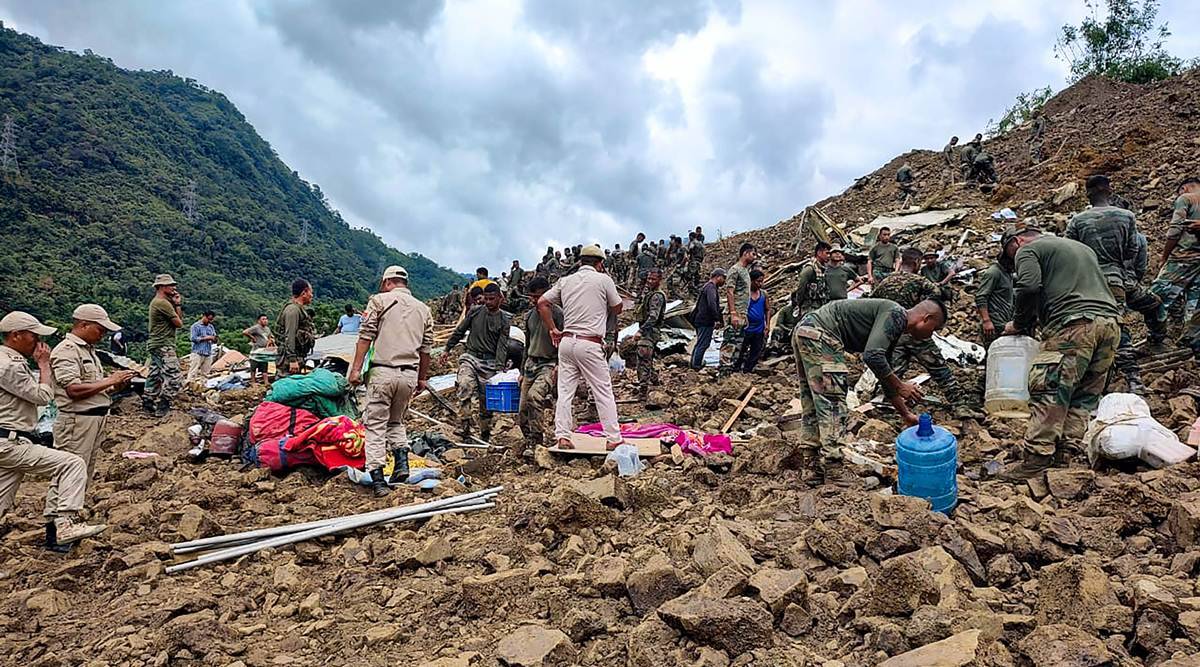Biblical downpours in Australia.

 www.theguardian.com
National cabinet documents obtained by Rex Patrick reveal increased risk of extreme weather events
www.theguardian.com
National cabinet documents obtained by Rex Patrick reveal increased risk of extreme weather events
 Report at least 12,000 people evacuated and State of Emergency due to flooding of the Sungai River #Malaysia #Flooding Track @Arab_Storms
Report at least 12,000 people evacuated and State of Emergency due to flooding of the Sungai River #Malaysia #Flooding Track @Arab_Storms

Scott Morrison attacked over ‘secrecy’ after documents reveal cyclones and floods set to pummel Australia
National cabinet documents obtained by Rex Patrick reveal increased risk of extreme weather events
REGRETTABLE: Strong #lluvias and dangerous #inundaciones in the north of #MalasiaTropical cyclones and flooding are set to pummel Australia over summer, national cabinet documents reveal.
The Bureau of Meteorology briefed the meeting of premiers, chief ministers and the prime minister on 5 November about the high-risk weather facing the nation until April.
National cabinet documents are usually kept secret, but South Australian senator Rex Patrick obtained these under freedom-of-information laws.
Last week Patrick, the Labor leader, Anthony Albanese, and One Nation’s Malcolm Roberts all launched attacks on the prime minister’s department for its secrecy. There is a broader legal question about whether national cabinet is entitled to the cabinet-in-confidence protection, with critics saying that merely calling it a cabinet does not actually make it one
Emergency Management Australia’s director general, Joe Buffone, presented the 2021-22 High Risk Weather Season briefing.
The PowerPoint presentation shows there are increased chances of widespread flooding, coastal flooding and erosion, tropical cyclones and marine heatwaves, compared with average summers and early autumns.
There is a lower chance of drought and dust.
The overall risk of severe storms is on par with other years, while parts of Queensland and NSW have an increased risk of bushfire, and there is a higher chance of heatwaves than usual.
Warm waters mean slightly above average tropical cyclone numbers – the average is 11 per season.
La Niña means the weather is likely to be cooler, wetter and stormier. Areas that had above-average rainfall during spring, and therefore more grass, could lead to a heightened grassfire risk, while parts of the east coast will have a lower risk – because the 2019-20 fires reduced fuel loads.
The bureau’s presentation was prepared with publicly available information.
Emergency Management Australia’s director general, Joe Buffone, presented the 2021-22 High Risk Weather Season briefing.
The PowerPoint presentation shows there are increased chances of widespread flooding, coastal flooding and erosion, tropical cyclones and marine heatwaves, compared with average summers and early autumns.
There is a lower chance of drought and dust.
The overall risk of severe storms is on par with other years, while parts of Queensland and NSW have an increased risk of bushfire, and there is a higher chance of heatwaves than usual.
Warm waters mean slightly above average tropical cyclone numbers – the average is 11 per season.
La Niña means the weather is likely to be cooler, wetter and stormier. Areas that had above-average rainfall during spring, and therefore more grass, could lead to a heightened grassfire risk, while parts of the east coast will have a lower risk – because the 2019-20 fires reduced fuel loads.
The bureau’s presentation was prepared with publicly available information.
Patrick said the prime minister, Scott Morrison, should have released the documents when he released a media statement about the national cabinet meeting. That statement focused almost entirely on Covid, with a single line about the briefing.
That line prompted Patrick to make the FOI request to the Department of Home Affairs.
“These documents foreshadow risks to the Australian public over the coming months,” he said. “They were before national cabinet. Scott Morrison therefore has tried to keep them secret when the Australian public were entitled to know.”
In his FOI request, Patrick pointed to an August ruling in the administrative appeals tribunal that found cabinet confidentiality did not extend to national cabinet. Justice Richard White said national cabinet was not a subcommittee of the federal cabinet, as Morrison has claimed.
That decision could have paved the way for more documents to be released, but the government has rejected that finding as having no force.
“I specifically pointed them to Justice White’s ruling,” Patrick said.
He wrote that because of that ruling: “There is no requirement for the decision maker to consult with the Department of Prime Minister and Cabinet (PM&C) about the release of the requested documents.”
Home Affairs released the documents.
Patrick accused Morrison of being “addicted to secrecy”.
“The analysis is derived from publicly funded organisations,” he said. “It is about risks to the Australian public.”
Guardian Australia has contacted the prime minister’s office for a response.

